PERMACULTURE PRINCIPLE:
7. Design from patterns to details: By stepping back, we can observe patterns in nature and society. These can form the backbone of our designs, with the details filled in as we go.
MULCH
Mulch is organic biomass that is used to cover the soil. Mulch replicates nature in design. In nature there is a self governing system that naturally happens. In our forest and prairie systems we can observe this process as the leaves fall to the ground and grasses cycle themselves back through the soil.
This process in nature creates a healthy, cyclical system that we design to mimic with mulch.

PERMACULTURE PRINCIPLE:
8. Integrate rather than segregate: By putting the right things in the right place, relationships develop between those things and they work together to support each other.
Focusing on mulching means a focus towards soil health
Our first objective is to design systems for soil health. While we are fermenting and preparing our natural inputs for the soil and cultivating our efficient microorganisms, having mulch production in place and covering the soil is essential. When inoculating and infusing our microbial and nutritional inputs, the soil needs the mulch covering to support the soil biosphere and facilitate the soil food web.
Benefits of Mulch
- Protects soil life and microorganisms from drying out under the sun
- Provides the soil life with a safe habitat
- Provides habitat for useful insects
- Feeds soil as it decomposes
- Moderates soil temperatures;
- In cold, it regulates warmth
- In heat, wards off evaporation
- Helps prevents erosion and stops the compacting effects of the rain
- Protects as rain comes and washes away soil and nutrients
- Creates water retention
- Protection from wind (Dust Bowl)
- Assist preventing weeds

PERMACULTURE PRINCIPLE:
5. Use and value renewable resources and services: Make the best use of nature’s abundance to reduce our consumptive behavior and dependence on non-renewable resources.
CHOP AND DROP
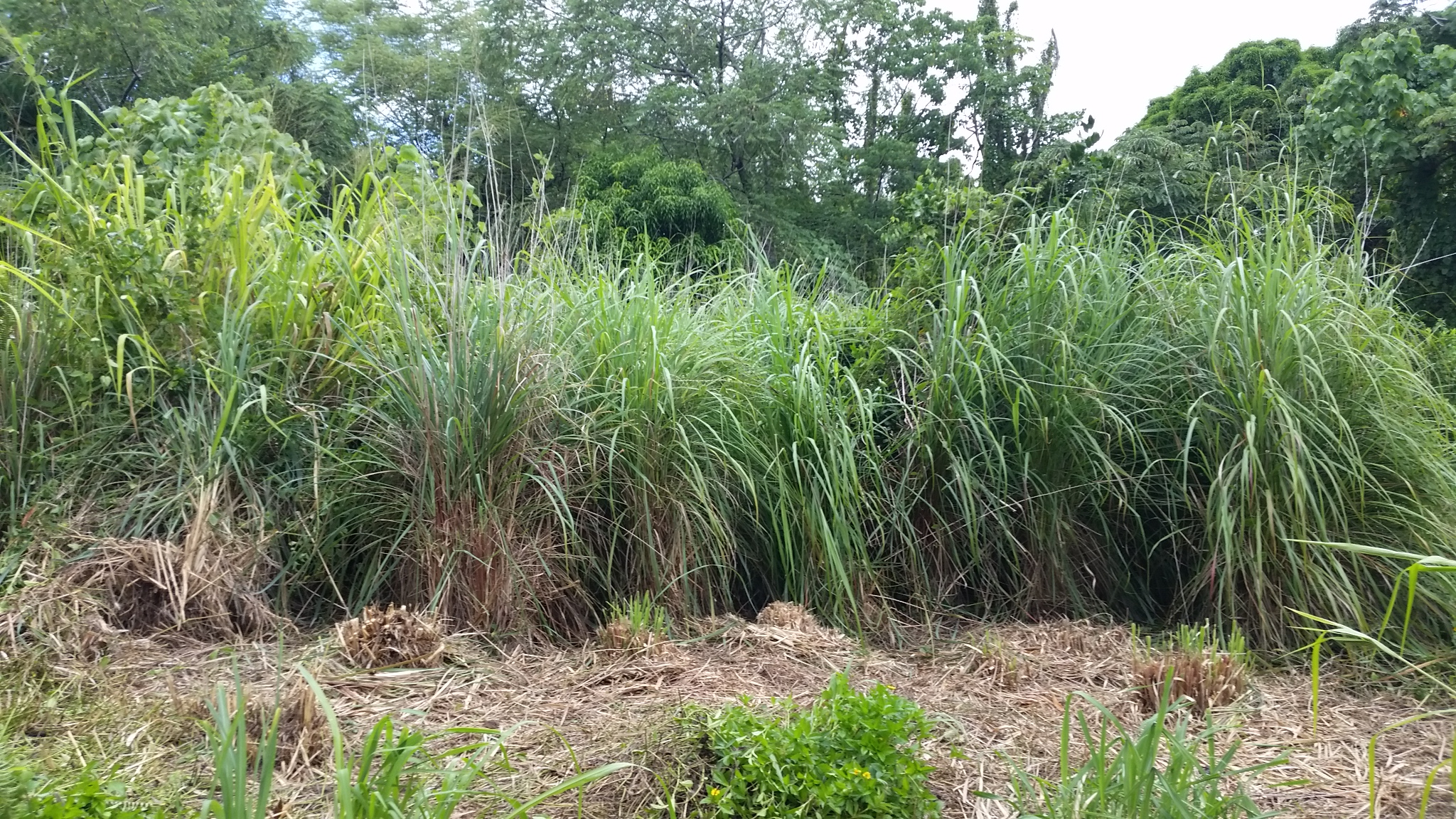
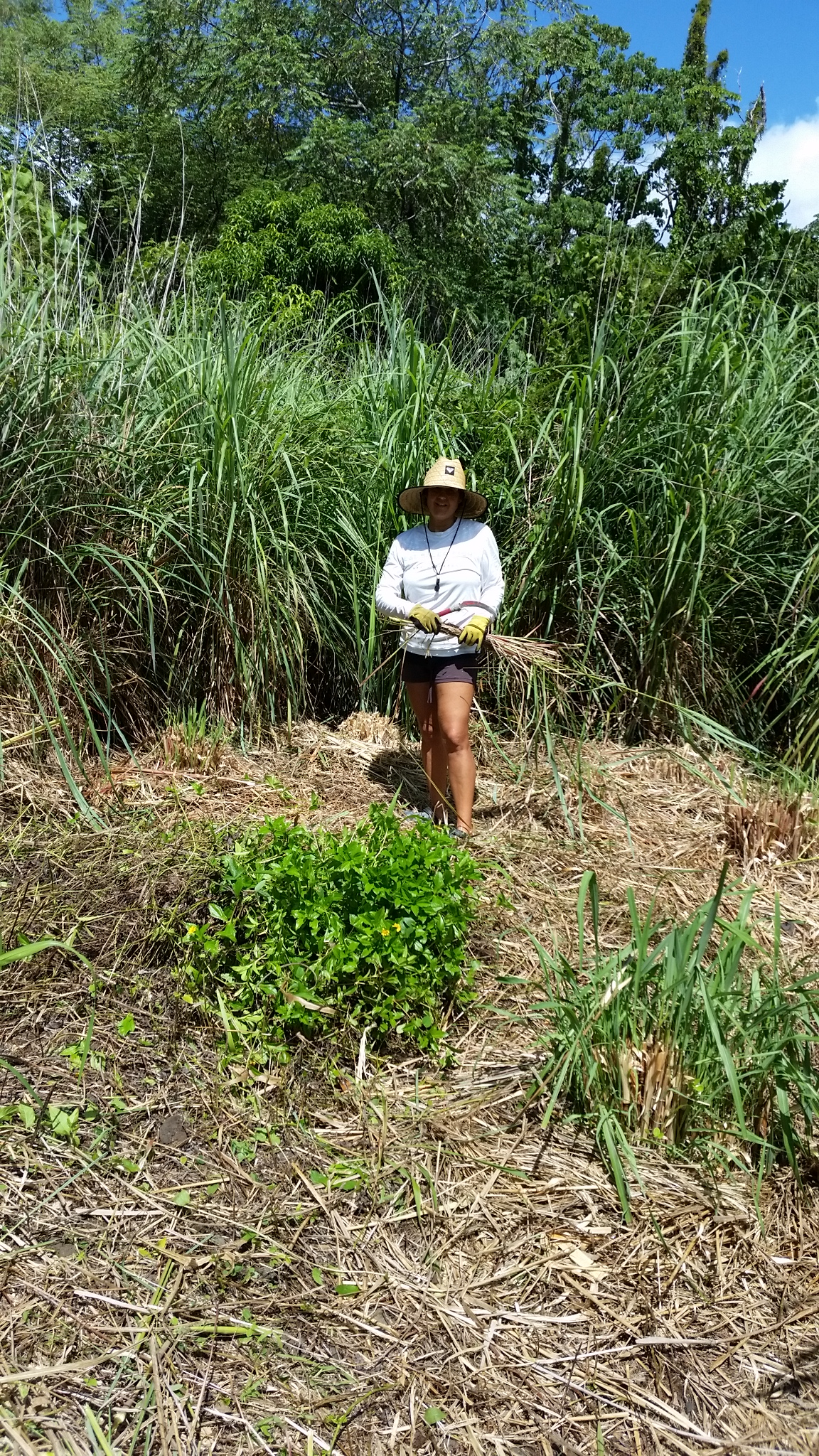
The “Chop and Drop” method utilized in Permaculture is a way to mimic the natural process of how nature cycles itself, returning biomass into the soil, supporting the soil food web.
Growing your own mulch is a holistic, sustainable designed system.
This means we do not rely on outside inputs to keep the system functioning. The production yield is also designed for continuous, future supply.
DESIGN YOUR MULCH CROP
PERMACULTURE PRINCIPLE:
1. Observe and interact: By taking time to engage with nature we can design solutions that suit our particular situation.

When deciding which plant to focus on for mulch production, we started by observing what we already have; Lemongrass Blog. Start by observing what already wants to grow where you are, and wants to grow abundantly.
PERMACULTURE PRINCIPLE:
3. Obtain a yield: Ensure that you are getting truly useful rewards as part of the work that you are doing.
Lemongrass as a mulch crop is ideal for our environment. It is a perennial and extremely easy to grow. It is a strong plant and forgiving to work with. It is lightweight and easy to harvest. It grows very fast, and is very easy to propagate.
Below is the regrowth after three weeks:
Propagation for Succession Planting
PERMACULTURE PRINCIPLE:
9. Use small and slow solutions: Small and slow systems are easier to maintain than big ones, making better use of local resources and producing more sustainable outcomes.
By propagating and managing the succession of our Lemongrass crop, we are facilitating a resource to be holistic and sustainable.
Permaculture Principle:
2. Catch and store energy: By developing systems that collect resources at peak abundance, we can use them in times of need.
The Lemongrass plant itself is growing and storing our mulch. We can harvest the top grass when mulch is needed.
The propagation design can also utilize principle #2 by growing lemongrass in garden pots. This allows us to manage the succession timing and location when ready. It also allows for easy splitting division when designing for replanting.
Growing our own mulch and nutrient cycling through chop and drop are some of our foundational system developments for this land.
Developing systems that have maximum efficiency in design is the focus for the amount of land we are stewarding.
Efficiency is also incorporated in utilizing what we already have, then facilitating through design, holistic and sustainable systems.
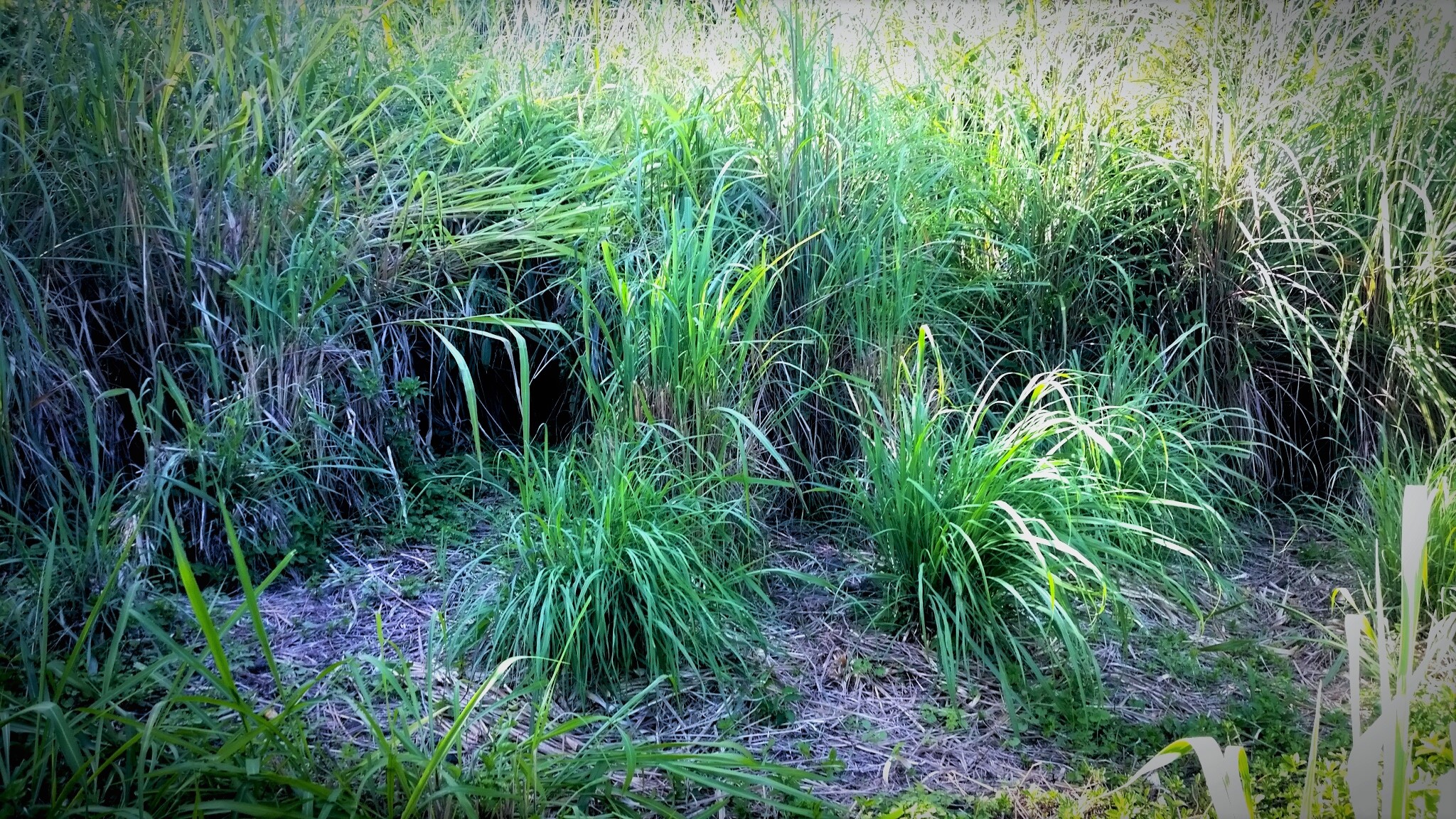
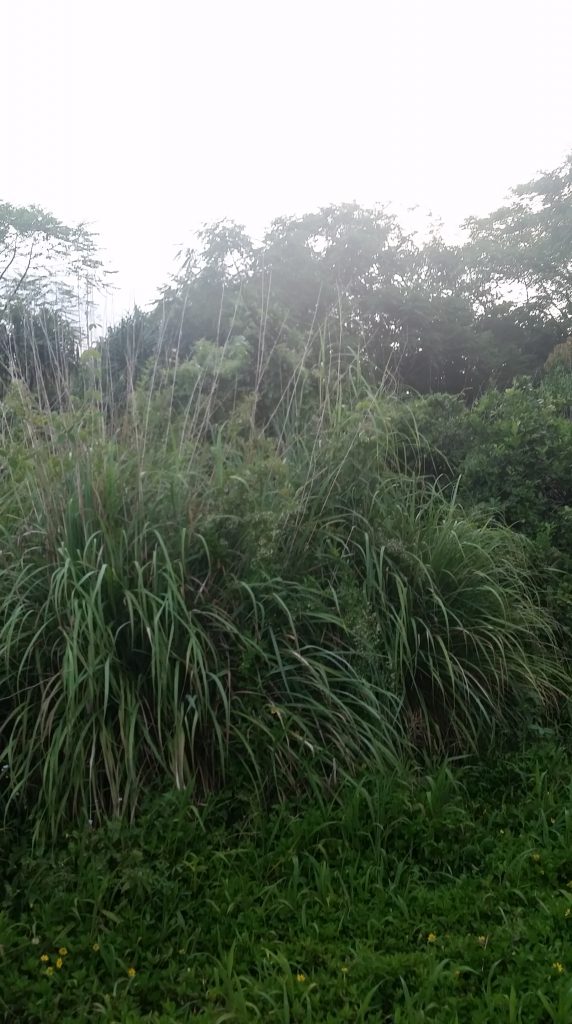

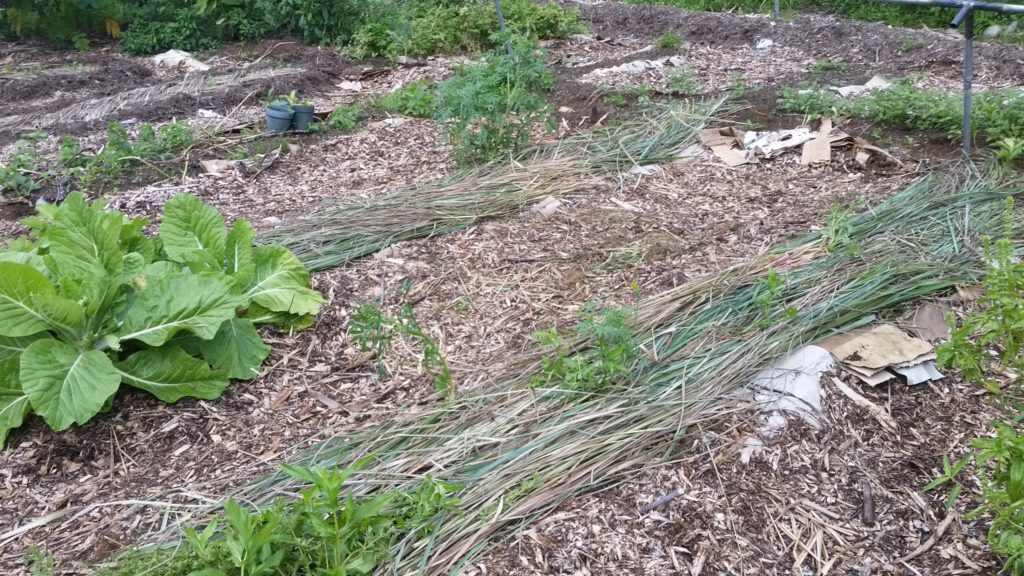
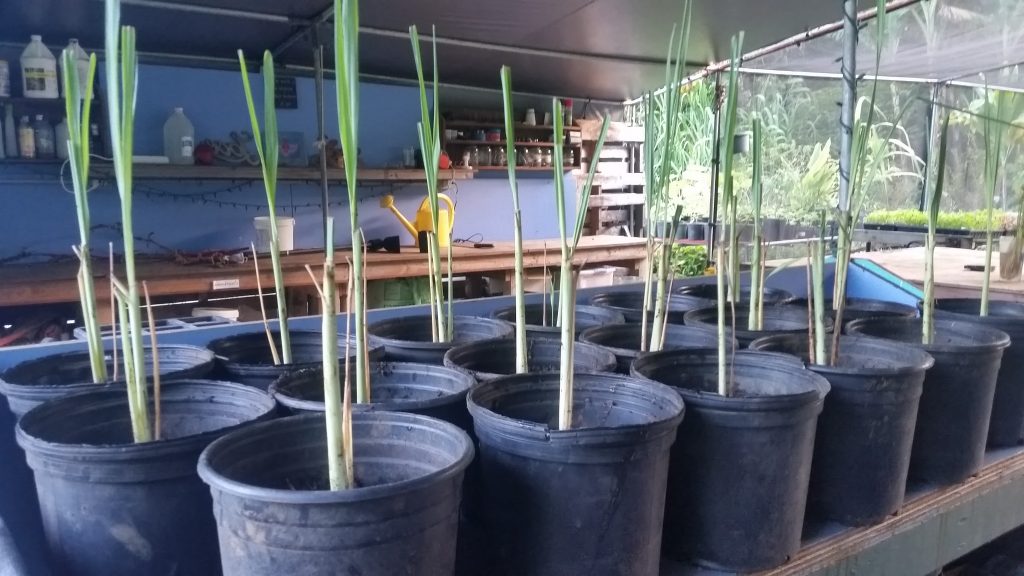

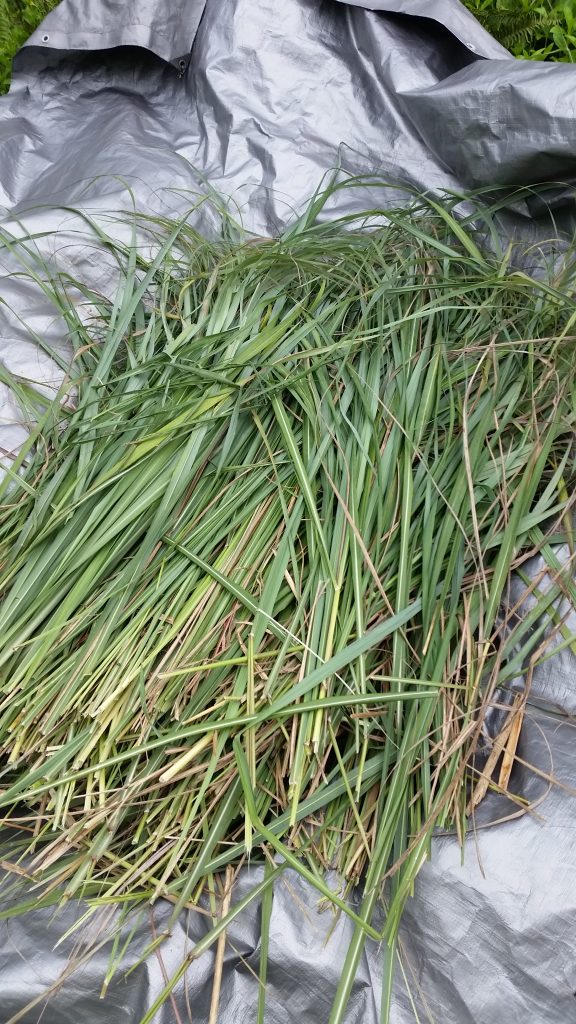


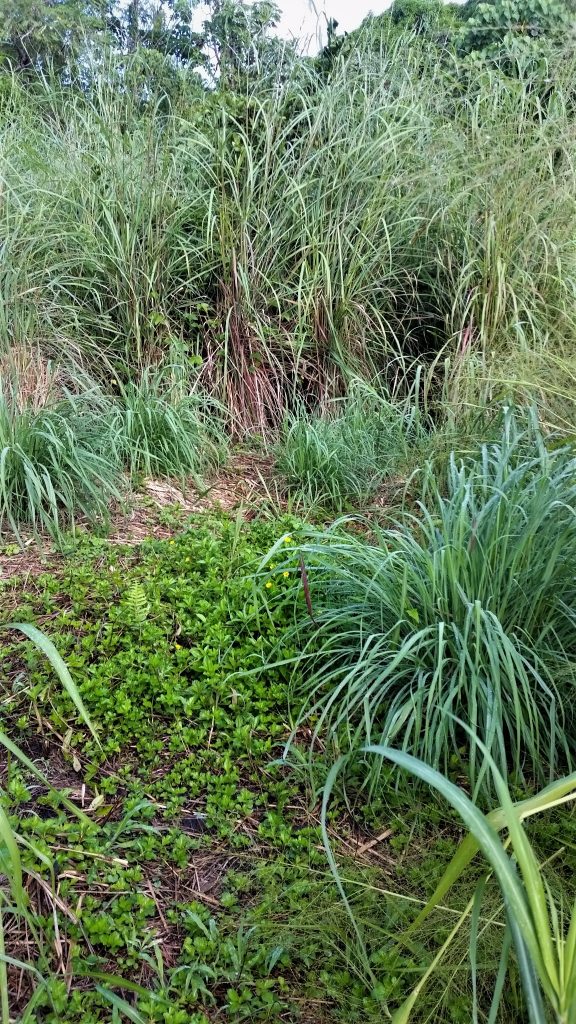
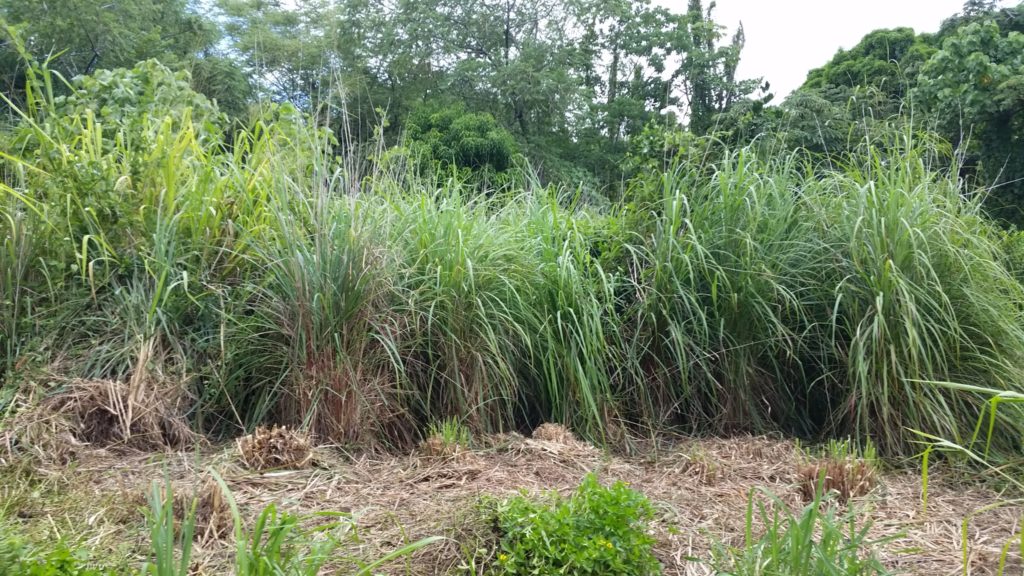
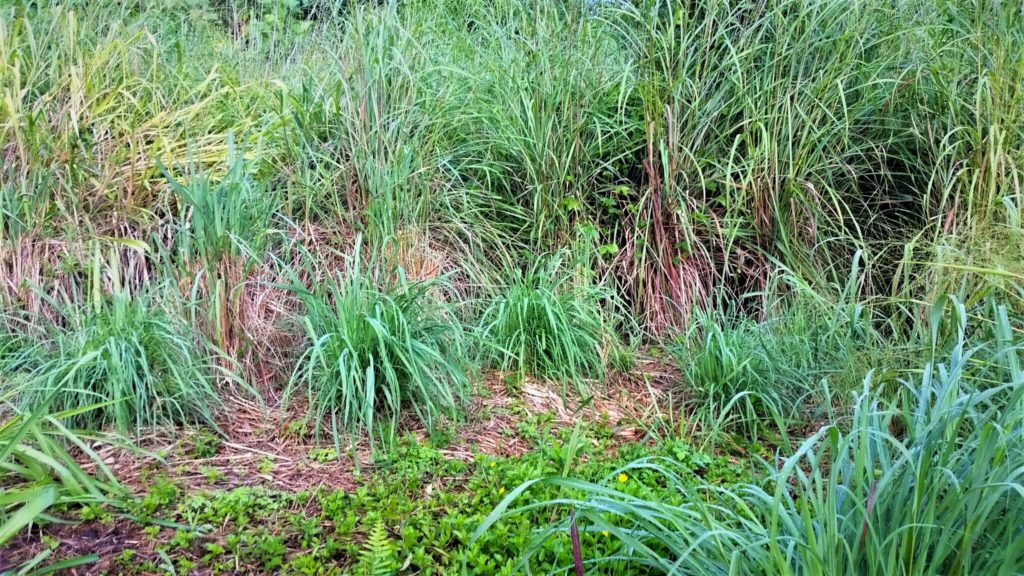
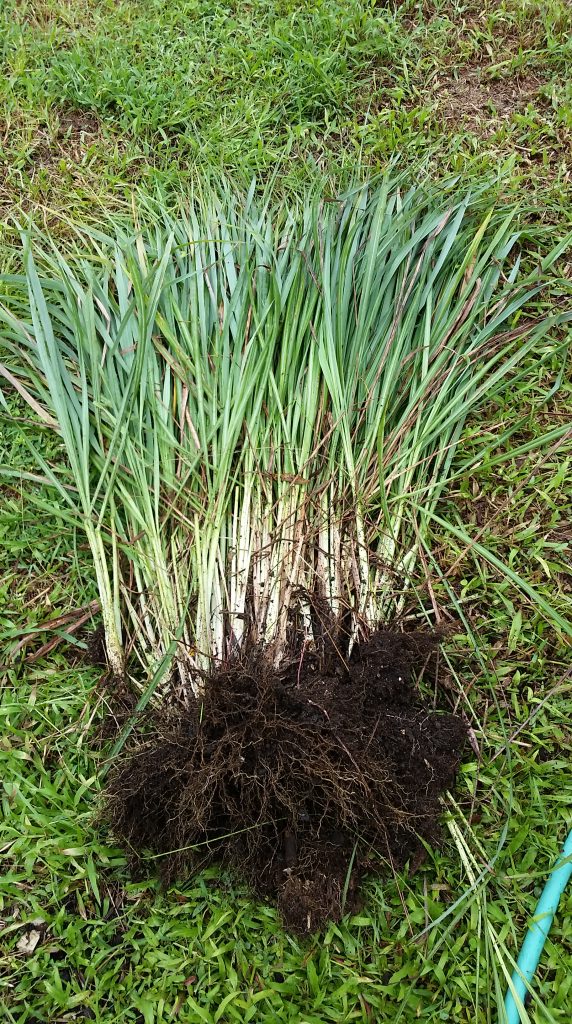

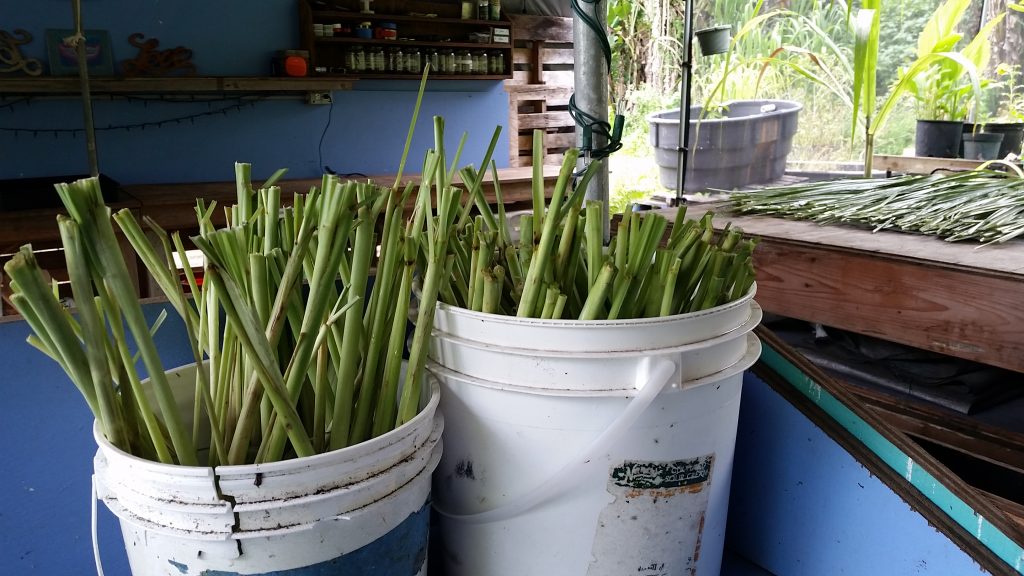

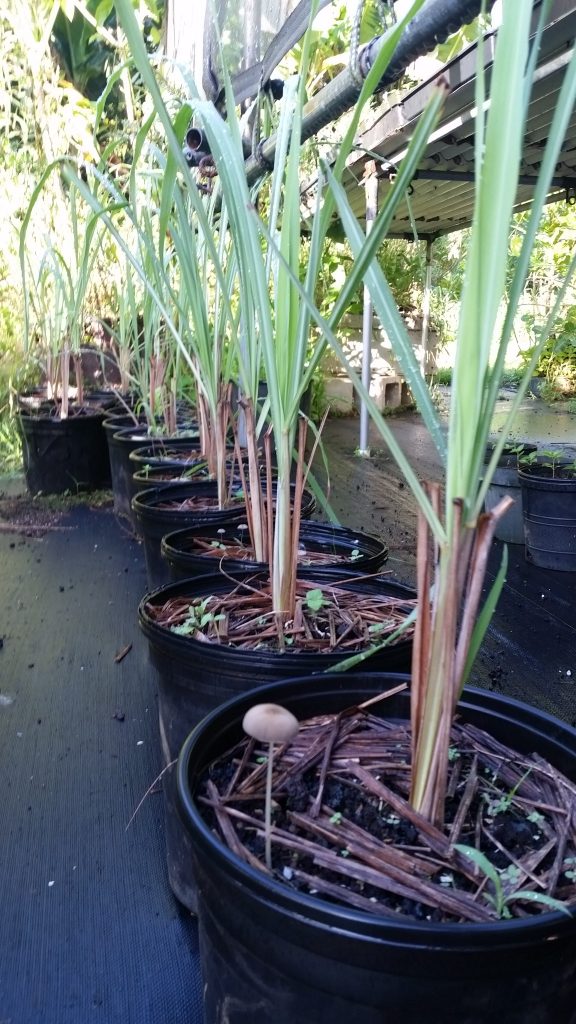

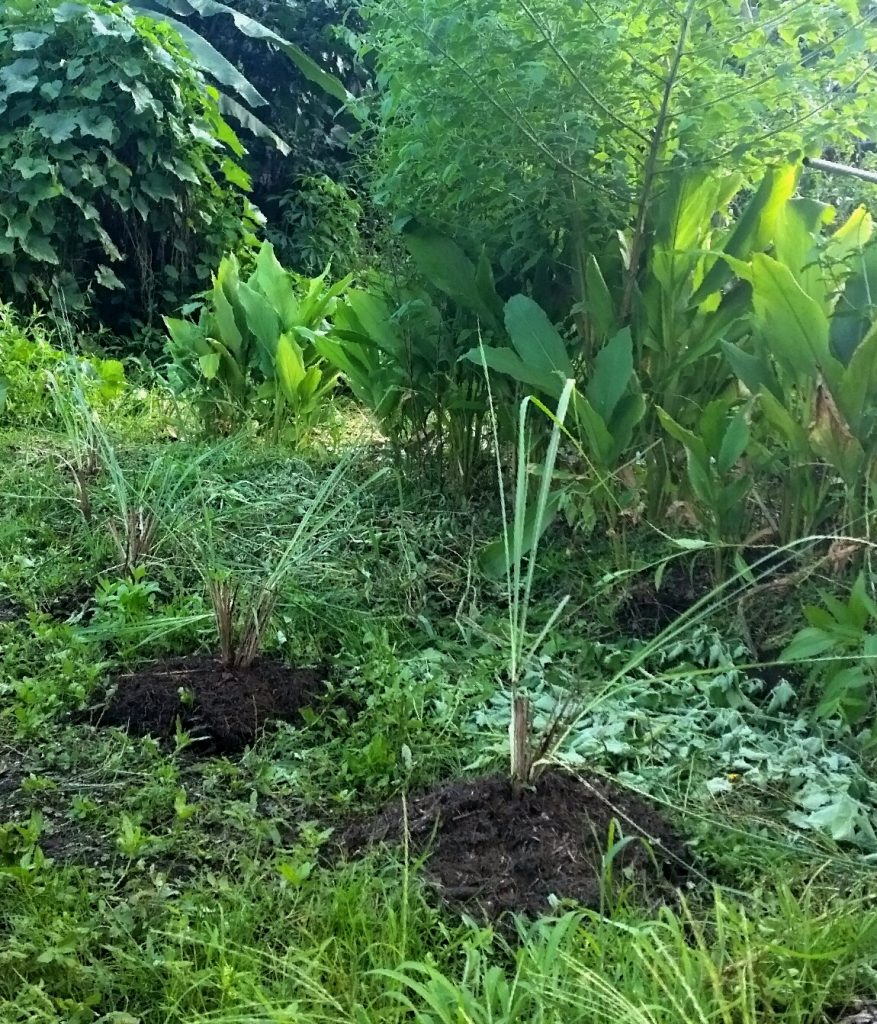
This is very interesting.. I’ve been looking for a simple way to grow my own mulch. Who knew Lemongrass was one of them